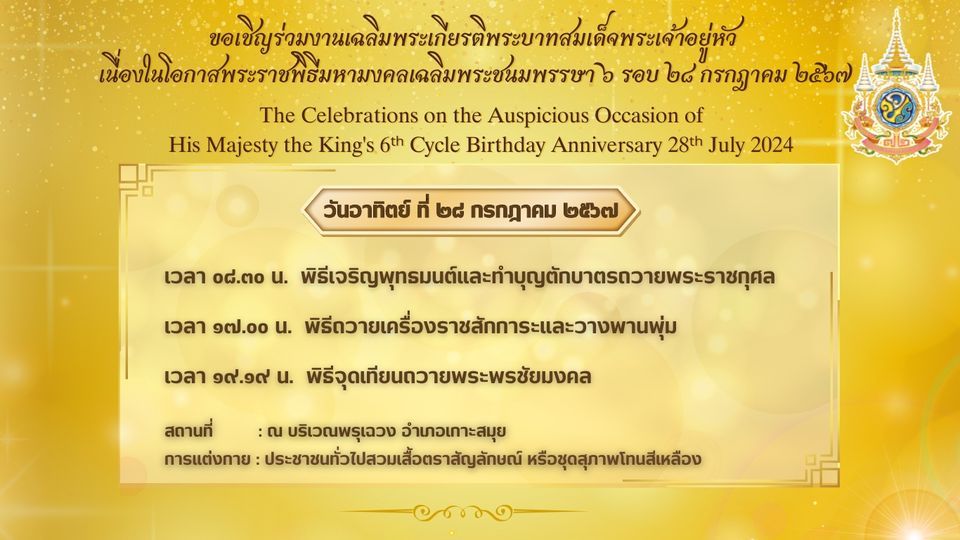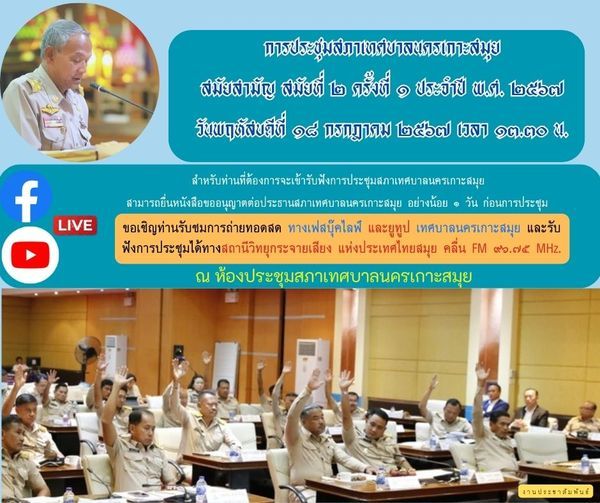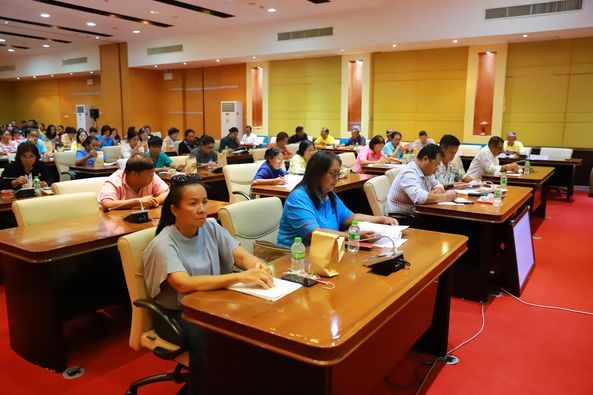Exciting news for travelers! Chiang Mai International Airport is now open 24/7, aiming to accommodate the anticipated influx of tourists during the peak season. With improved services and facilities, the airport is ready to support the growing tourism industry in Chiang Mai. ✈️🌍 #ChiangMaiAirport #24HourService #TourismBoost
From November 1, Chiang Mai International Airport will open its doors 24/7. This step is a reaction to the Quick-Win economic stimulus policies set forth by the government.
The Rationale Behind the Round-the-Clock Operation
Transport Minister Suriya Jungrungreangkit explained that the extended hours have been instituted following direct orders from Prime Minister Srettha Thavisin. The primary reason for this decision is the anticipation of an influx of tourists during the peak season at the year’s end and beyond, thanks to the new visa-free scheme for Chinese and Kazakh visitors.
Transition to 24/7 Service
The airport in the northern province, responding to the policy implemented by the Airports of Thailand (AoT), will shift from its current schedule of 6am to 12am to 24-hour operations starting November 1. To celebrate the switch, a direct flight from Chiang Mai to Osaka, Japan, run by Thai Vietjet, will be the premier departure, taking off at 12.30am.
Deliberations on Flight Routes and Schedules
The transport minister also revealed that plans are underway for the AoT to confer with carriers and related sectors to determine appropriate flight routes and schedules. These plans are expected to adhere to the airport’s environmental impact assessment (EIA) and minimize the impact on residents living near the airport.
Impact on Residents and Compensation Plans
A public hearing will also be organized by the AoT to discuss the concerns of residents affected by the expanded hours. Additionally, the possibility of a suitable compensation plan for those impacted by the extended operating hours is being discussed.
Improving Services and Facilities
In line with the extended hours, related sectors have been instructed to upgrade their services and facilities to support the province’s burgeoning tourism and hospitality sectors. The move to 24-hour operations aims to offer tourists more flexibility during their stay in the province and provide carriers with more options when scheduling flight routes and time slots.
Anticipated Increase in Passenger Numbers
With Chiang Mai International Airport currently welcoming 4,800 visitors from 20 international flights per day, the government is optimistic. Following the transition to a 24-hour service, they expect international passenger numbers to leap by about 30%.
Frequently Asked Questions
What is the reason behind the 24/7 operation of Chiang Mai International Airport?
The extended operating hours of Chiang Mai International Airport is in response to the Quick-Win economic stimulus policies instated by the government and the Prime Minister’s directive. The main motivation for this move is the expected influx of tourists during the peak season at the end of the year following the new visa-free scheme for Chinese and Kazakh visitors.
How will the transition to a 24/7 service take place?
Chiang Mai International Airport, conforming to the policy set by the Airports of Thailand (AoT), will switch from its present schedule of 6am to 12am to round-the-clock operations starting November 1. Marking this change, a direct flight from Chiang Mai to Osaka, Japan, operated by Thai Vietjet, will be the first to depart at 12.30am.
What measures are being taken to manage the potential impact of extended operating hours on surrounding residents?
The AoT plans on carrying out a public hearing to hear the concerns of the residents affected by the expanded hours. Furthermore, the possibility of a compensation plan for those affected by the extended operating hours is under consideration. Plans are also in progress to deliberate upon appropriate flight paths and schedules that will adhere to the airport’s environmental impact assessment (EIA) and minimize the impact on residents living near the airport.




